Announcing a new project by the Great Lakes Commons Map: Water Friendship
Each water protector brings their own set of knowledge, skills, and teachings to their effort. They also choose different strategies, tools, and examples for making a positive difference. But how do we measure our impact?
When it comes to water, our society is pretty clear on what good water quality looks like. There are lists and associated risks for thousands of molecular and chemical bonds and there are established policies and procedures for testing and enforcement. We may hold a variety of informed opinions about the contamination levels and the robustness of monitoring, but indicators for good water quality already guide our knowledge and practice for water protection.
Is something missing?
What about the social bonds we have with water? Are we a good friend to water? Since we are in a relationship with water, what indicators do we have for measuring the quality of this relationship?
Whether we acknowledge it yet or not, we live in a world built on relationships. The environment is not a collection of resources. Environmental health is not a computation of biodiversity (the number of species) and elemental exchanges (water, air, soil, sunlight). What mainstream society has labelled ‘the environment’ is an illusion of separation. We are the environment. Water teaches us about this union because it flows between all life. We are water. What we do to the water we do to ourselves. The environmental crisis is based on this separation illusion and now more than ever we need indicators that signal what a good relationship with water is. Improving this relational connection will also support better water quality – good connection means good protection.
Photo and display by Betty Carpick
How do we design a framework looking at water friendship?
With funding from the Ontario Trillium Foundation, this project runs from March to October and connects water protectors from 3 communities: Peterborough, Guelph, and Thunder Bay. Each community hosts a set of workshops (3 days) exploring, naming, and refining their framework. Workshops are designed and facilitated by Paul Baines (Great Lakes Commons Map) and Tanya Chung-Tiam-Fook (educator/workshop consultant) and each community will have a liaison participant who will shape and guide the project locally. The first two workshops will be organized for sometime in May/June.
The most valuable roles in this project are the participants – the diverse range of water protectors in each community. Coming from experiences in education, advocacy, administration, ceremony, conservation, policy, reconciliation, restoration, and/or research – a rich circle of 10 water protectors in each community will drive this project’s outcomes.
After each community has designed their water friendship framework, representatives from all 3 Great Lakes locations will link up via video conferencing to share their work. This project is funded by the Ontario Trillium Foundation’s dedication to building social belonging. When we gather in unity and purpose for our collective waters, we strengthen our social ties and our connection to the lands, waters, and non-human life – our ties to place.
What will this water friendship framework be used for?
Participants arrive with a wealth of knowledge and practice. The goal of this project is to harness this wealth to co-create a tool (a framework, a filter, a rubric, a guide, etc.) to assess the impact of our work. What does water friendship look like? How would we know (as individuals and as a society) if this relationship was healthy or not? How would this tool help us understand and assess how water policy, project proposals, teaching curriculum, or advocacy campaigns nurture this relationship – or not? The best way to share and improve our relations with the living earth is to organize and monitor our actions using relational markers.
For instance, if we believe that holding gratitude is key for a good water friendship, then we must ready ourselves for knowing how this gratitude is present or absent in personal and social decision-making. We combine what we know and how we protect with a framework that is able to give us feedback about our impact. We will have a guide to strengthen and share this water friendship.
The final part of this project is demonstration. Each community circle will receive $2,000 to help manifest this water friendship in a new or existing local water protection effort. Demonstrating one or more aspects of this new tool validates and animates its value. Telling people about indicators for good water relations is not as powerful as a common experience. Each community will decide for itself how this demonstration is shared locally. Stories from this experience will be collected and shared on the Great Lakes Commons Map – a collaborative storytelling project to protect the waters as a shared and sacred commons.


